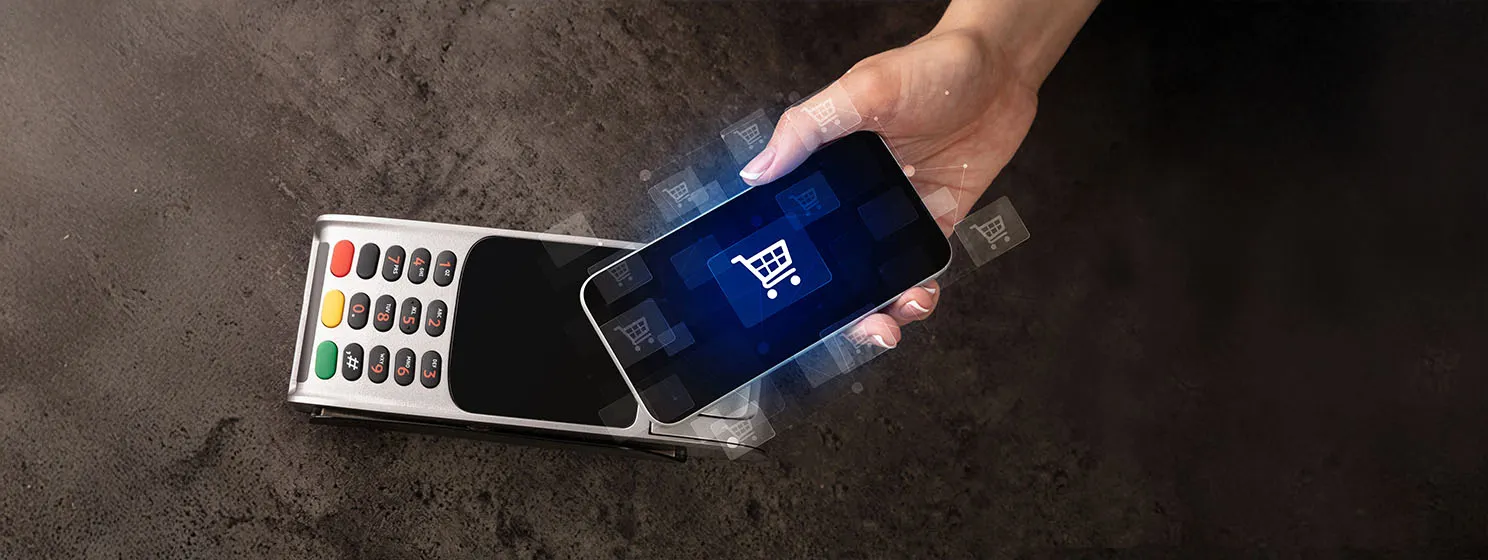|
Getting your Trinity Audio player ready...
|
The Markets in Crypto-Assets (MiCA) regulatory framework was a landmark moment for the European digital asset space and was hailed as the most complete regulatory framework globally. However, according to the governor of the Bank of Italy, it’s not enough to protect consumers from the risks of stablecoins and ‘crypto’ volatility.
Governor Fabio Panetta downplayed the impact that MiCA has had in the region since it took effect late last year. In his remarks for the bank’s annual report, he noted that only a few stablecoin issuers have received the new license, and their circulation is limited.
“In Italy, there has so far been little interest in the issuance of crypto-assets by supervised intermediaries and other operators, while a growing focus on custodial and trading services has been observed,” he stated.
Circle, the company behind USDC, the second-largest stablecoin, was among the earliest recipients of the new license. However, its main rival, Tether, has shunned the license, which CEO Paolo Ardoino labeled as “very dangerous to stablecoins.” Tether’s refusal to adhere to MiCA regulations could see USDT delisted by European exchanges, and some already have.
Even if MiCA was fully effective in the EU, “heterogeneity in regulatory approaches at international level remains a source of risk,” Panetta added. Platforms regulated in other jurisdictions, where regulations are not as stringent, would still remain a threat to European investors in the post-MiCA world.
“These risks can be contained through international cooperation – an objective for which Europe could take the lead. But we would be remiss to think that the evolution of crypto-assets can be controlled only through rules and restrictions.”
Panetta pushes the digital euro
Beyond MiCA, Panetta warned that the increasing integration of digital assets into the legacy financial system could harm confidence in banking.
“The risks that stem from this sector will have to be monitored carefully, especially the reputational risks linked to the provision of crypto-assets by banks…there is a concern that crypto-asset holders might not fully understand their nature and conflate them with traditional banking products, with potentially negative repercussions for confidence in the credit system should losses occur,” he stated.
While Europe has embraced digital assets and stablecoins, the region has lagged in developing regional solutions and heavily relies on American firms. This has concerned European leaders, and Panetta echoed these concerns.He believes that if American tech firms push digital asset payments, domestic payment methods could get crowded out, “negatively affecting monetary sovereignty, personal data protection, and credit intermediation, which so far has always been integrated with and complementary to the provision of payment services.”
There is, however, one solution that could compete with all the digital asset alternatives: a digital euro. The governor stressed that the central bank digital currency (CBDC) would match the ongoing tech advances, all while preserving the role of central bank money.
Before taking over the Italian central bank, Panetta was a board member at the European Central Bank (ECB), which is behind the development of the digital euro. In his four-year tenure at the ECB, he was a fierce critic of digital assets, which he said are “riddled with market failures and negative externalities.”
Stripe working with banks to integrate stablecoins
Elsewhere, global fintech giant Stripe is in discussions with its banking partners on stablecoin integration, co-founder John Collison says.
Stripe launched stablecoin accounts for its users in 100 countries a month ago, allowing them to send and receive USD-pegged stablecoins, “similar to how a traditional fiat bank account works.”
“This is not something that banks are just kind of brushing away or treating as a fad. Banks are very interested in how they should be integrated with stablecoins into their product offerings as well,” he told Bloomberg.
Stablecoin adoption has skyrocketed in recent years, and on Monday, their collective market cap surpassed $250 billion for the first time. Last year, over $27.6 trillion was moved in stablecoins, which was more than Visa (NASDAQ: V) and Mastercard (NASDAQ: MA) combined. However, the bulk of the transactions were limited to speculative trading on exchanges.
This vast market is attracting mainstream financial firms, and Collison says Stripe also intends to double down on its stablecoin focus.
“A lot of our future payment volume is going to be in stablecoins. This is, for sure, a big part of our business on a go-forward basis.”
Watch: CBDCs are more than just digital money

 08-08-2025
08-08-2025 





